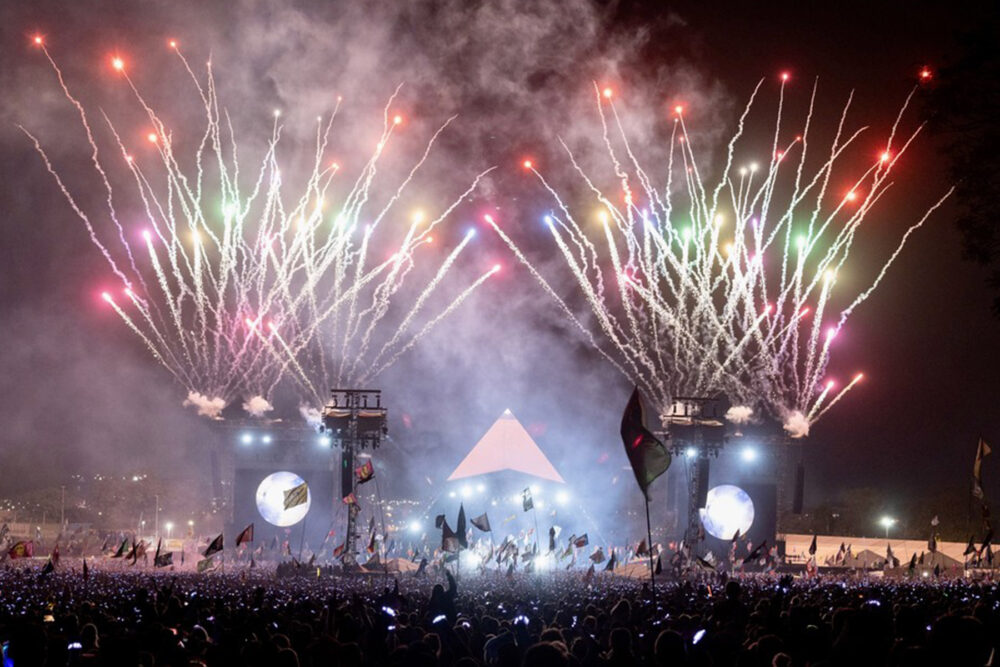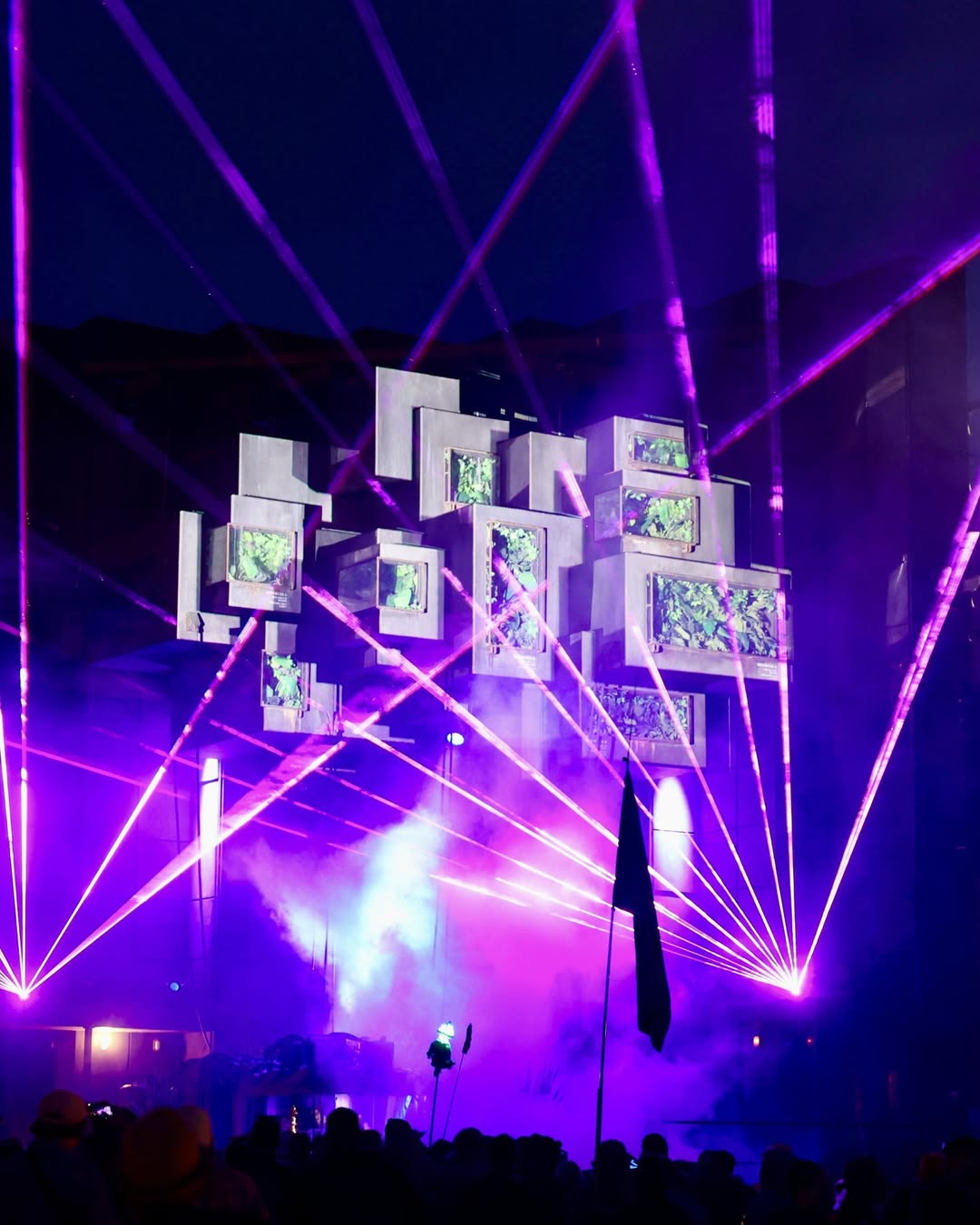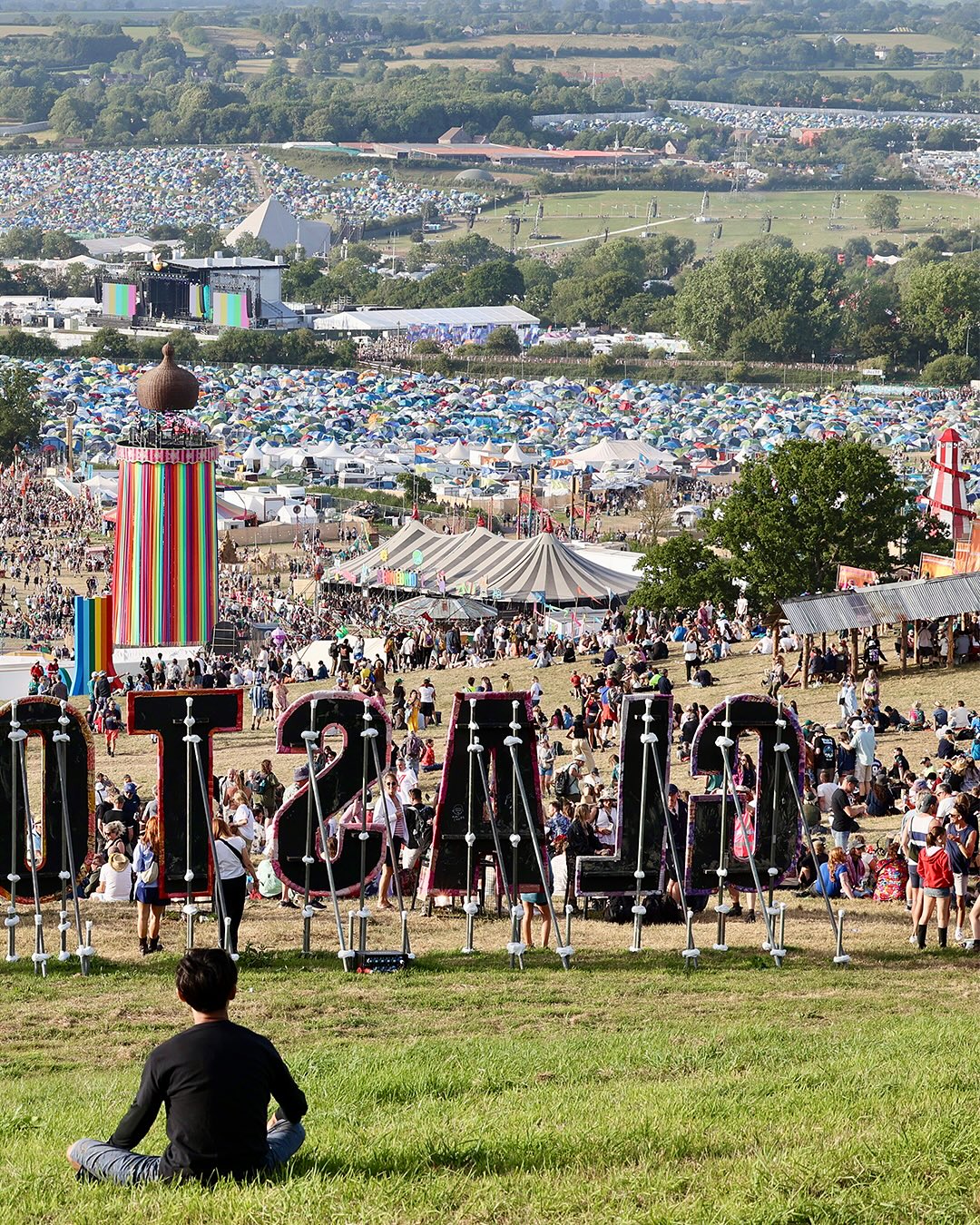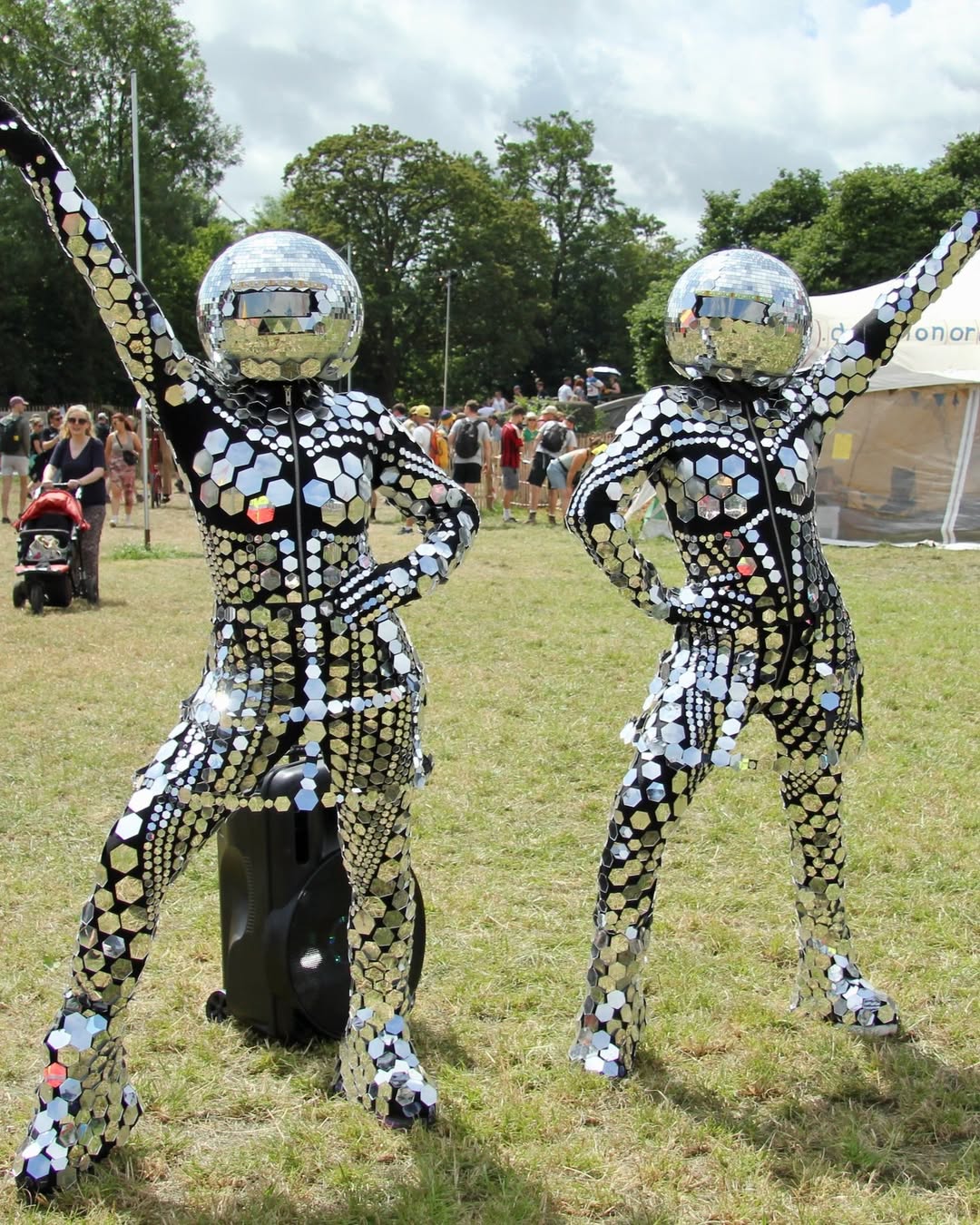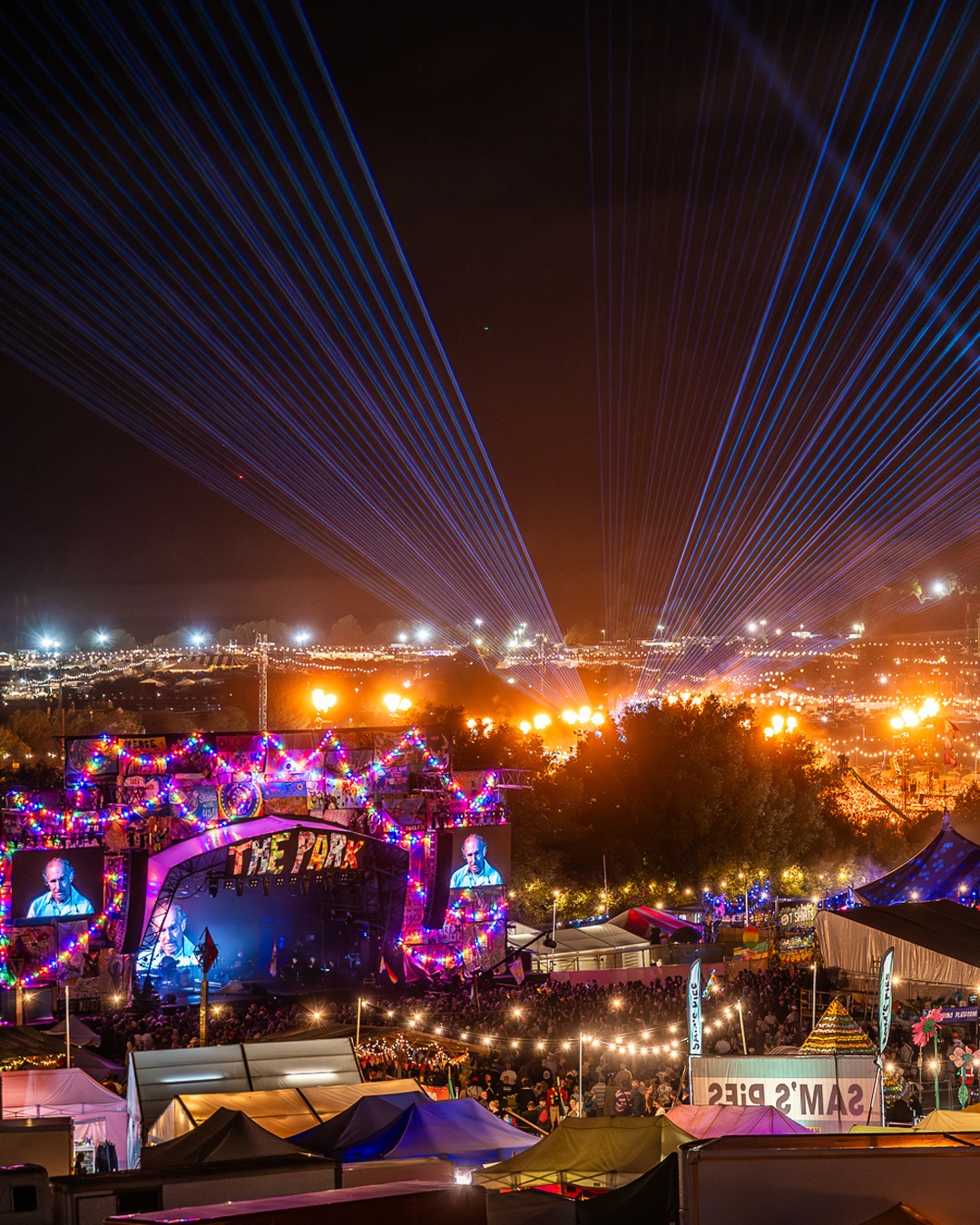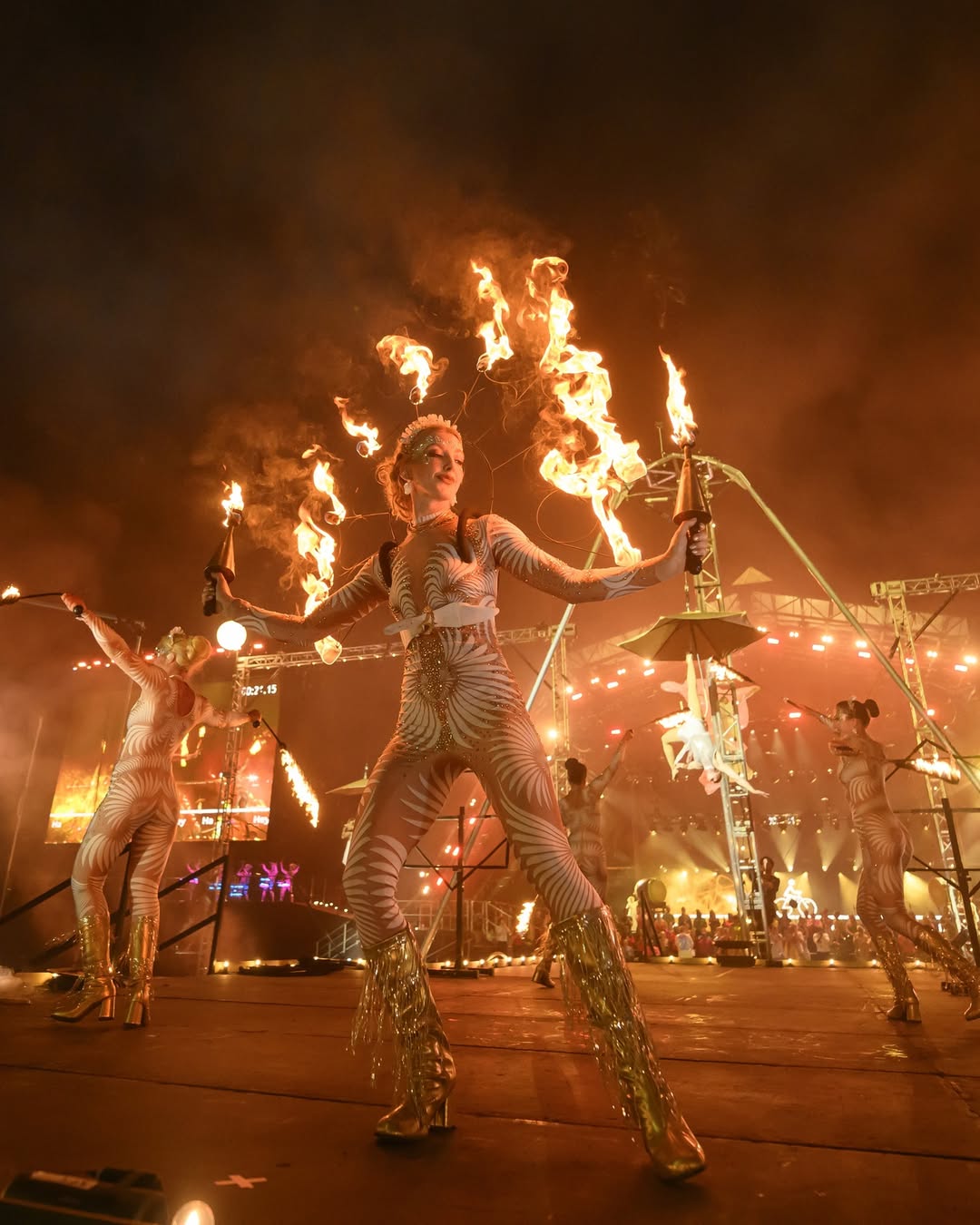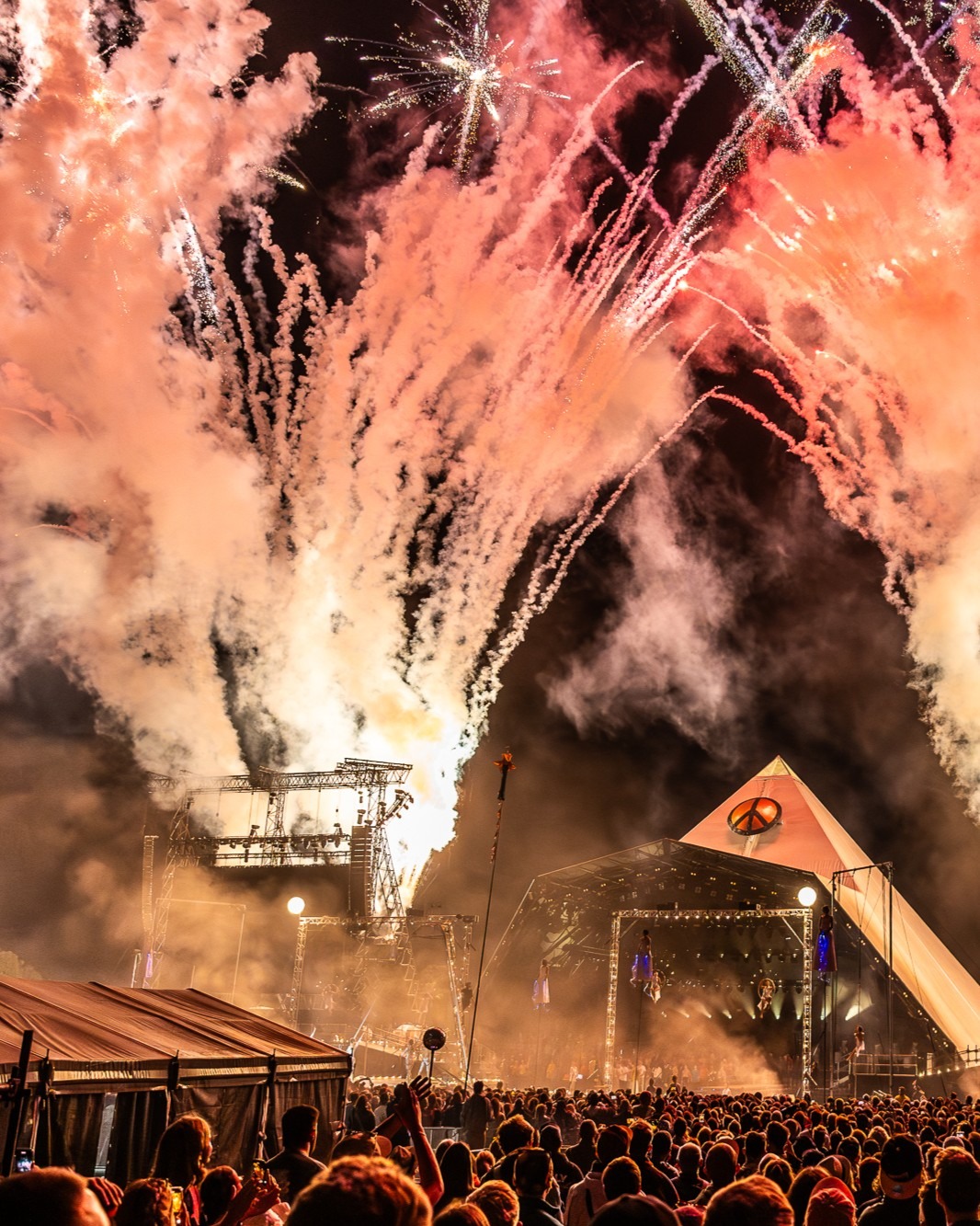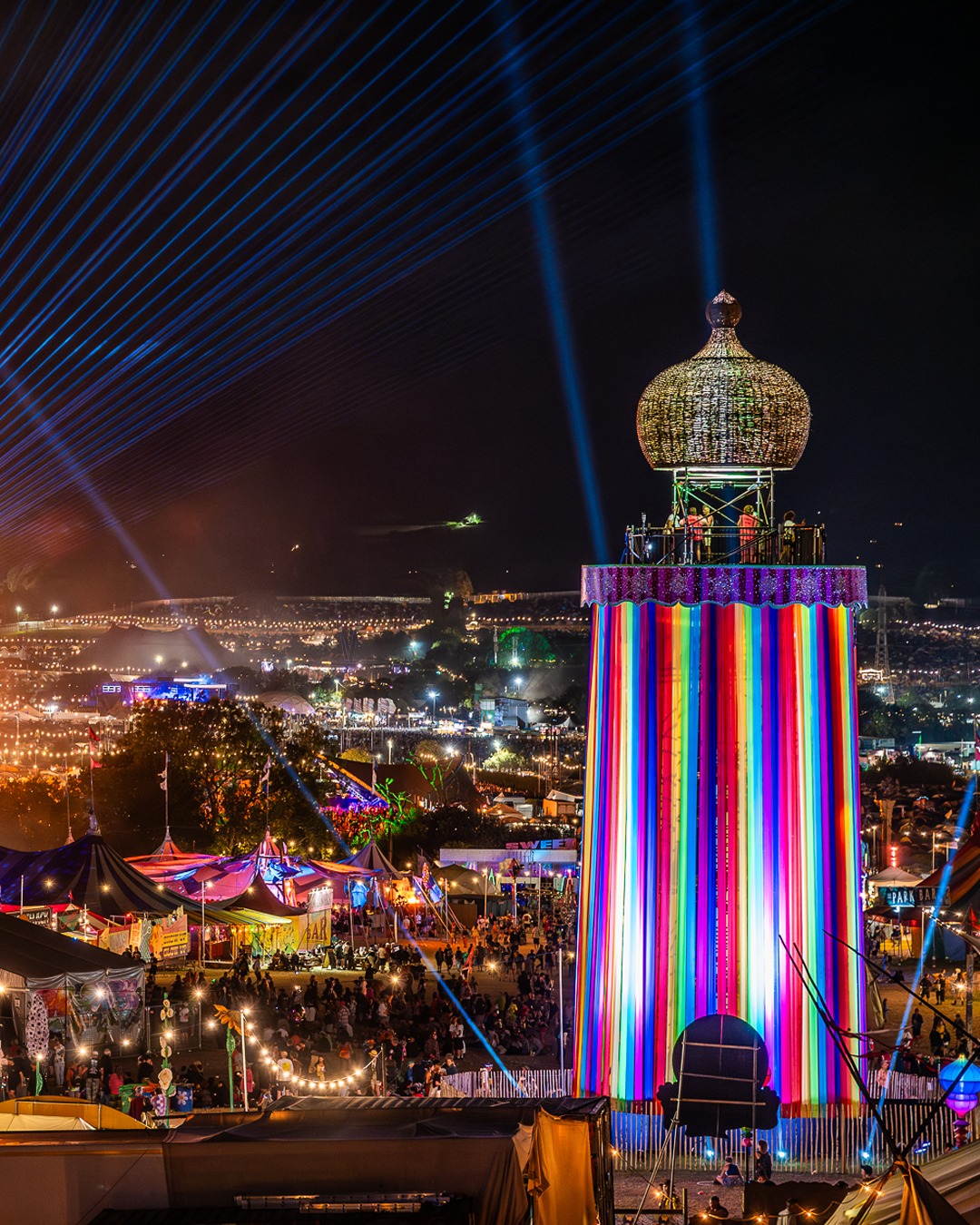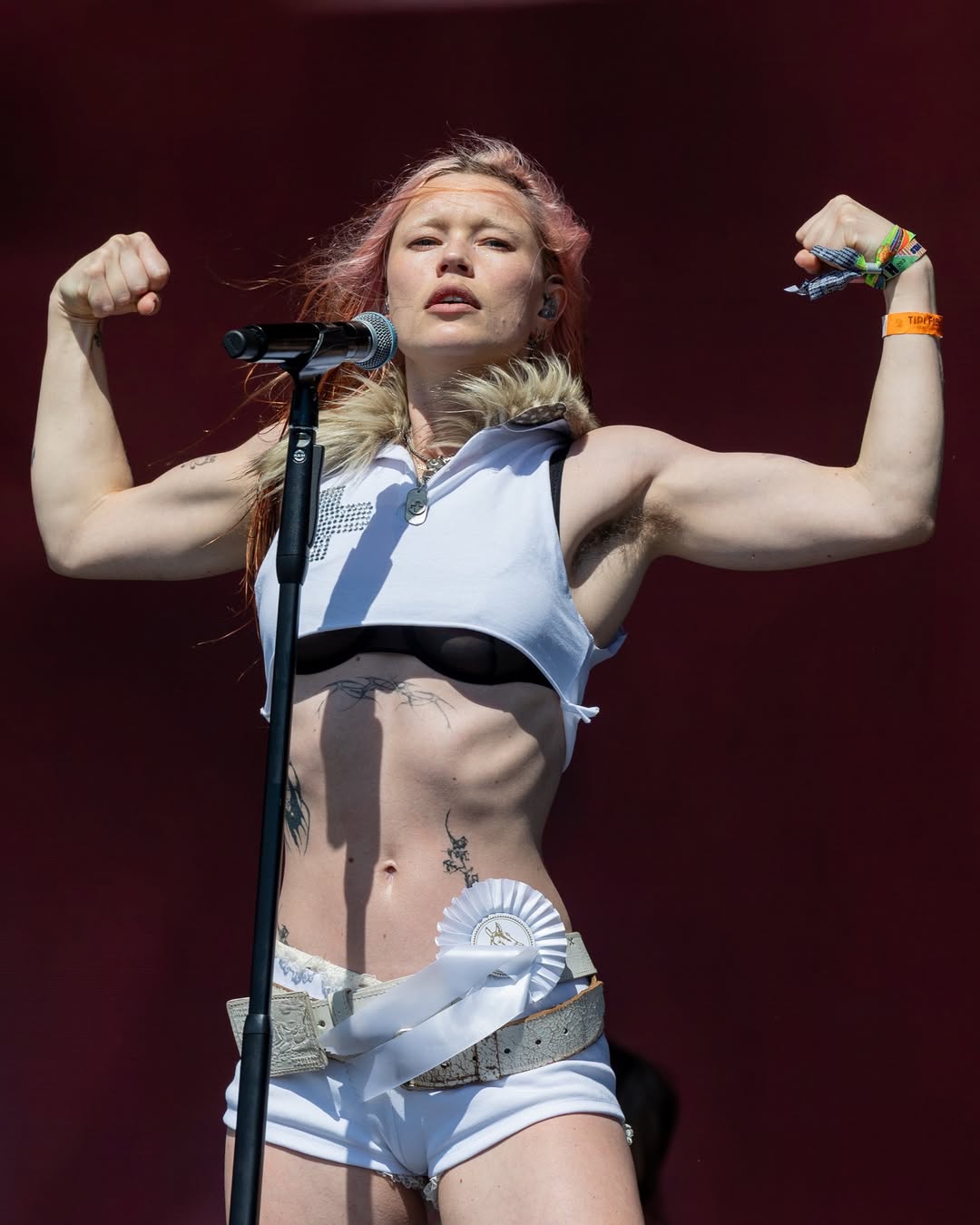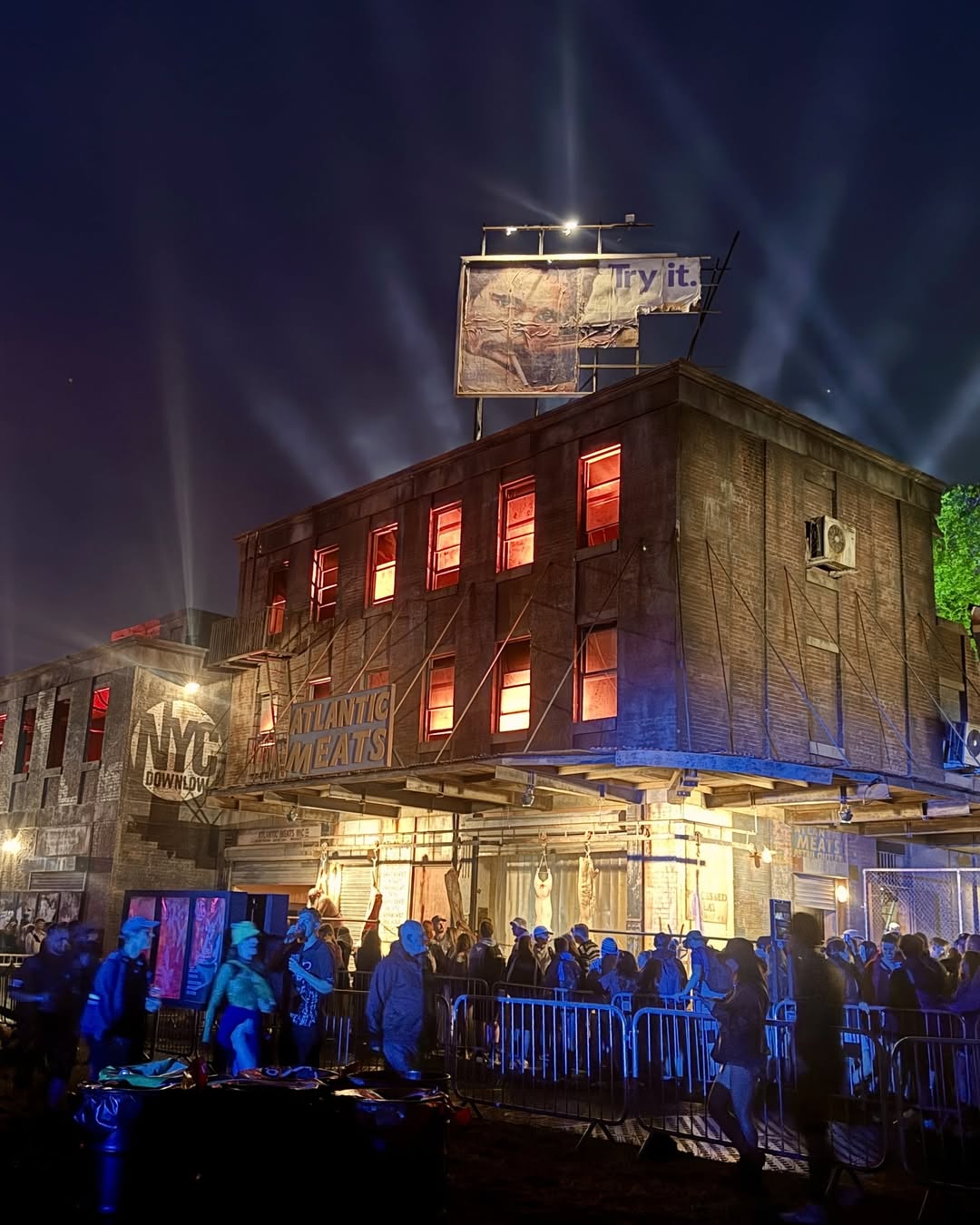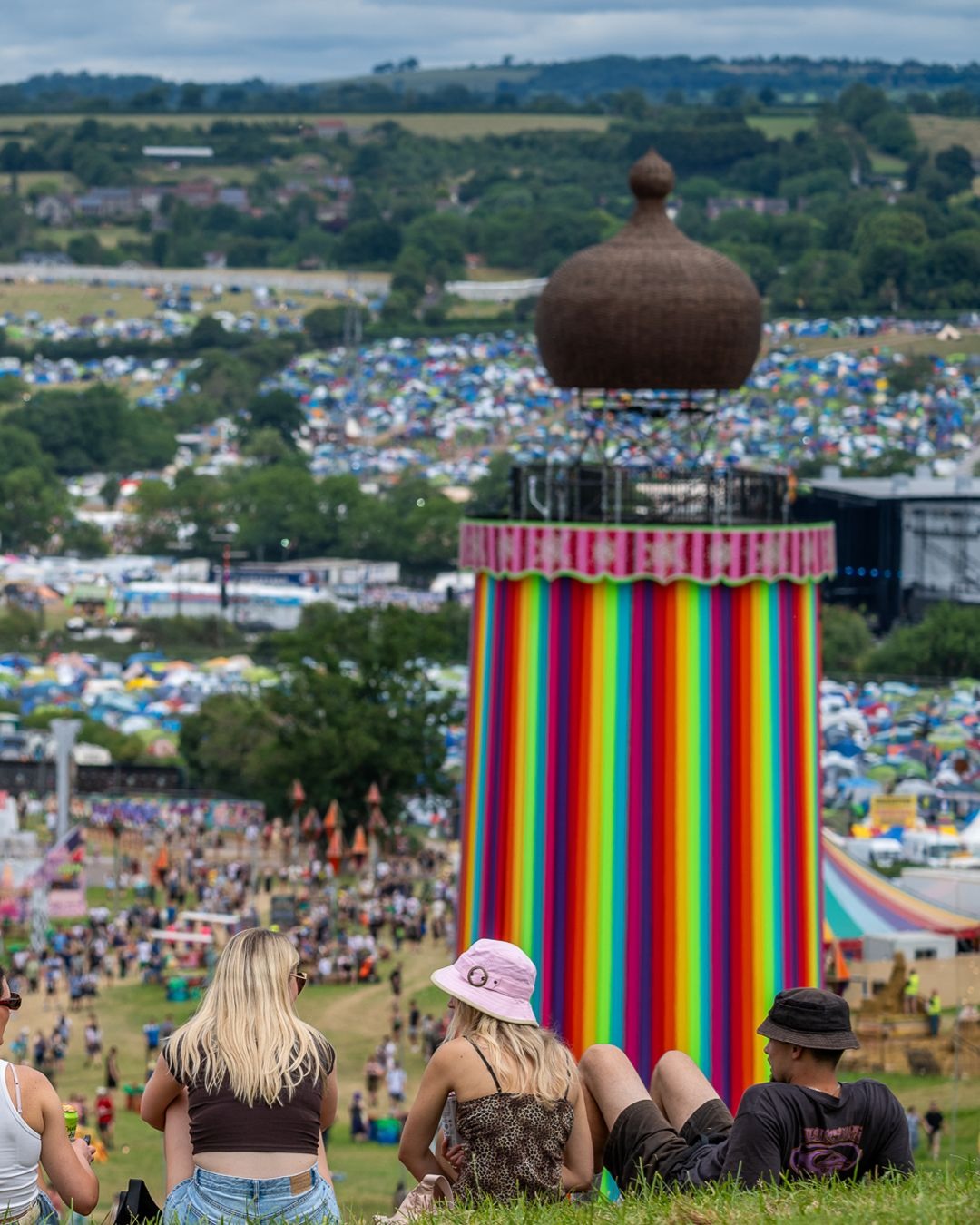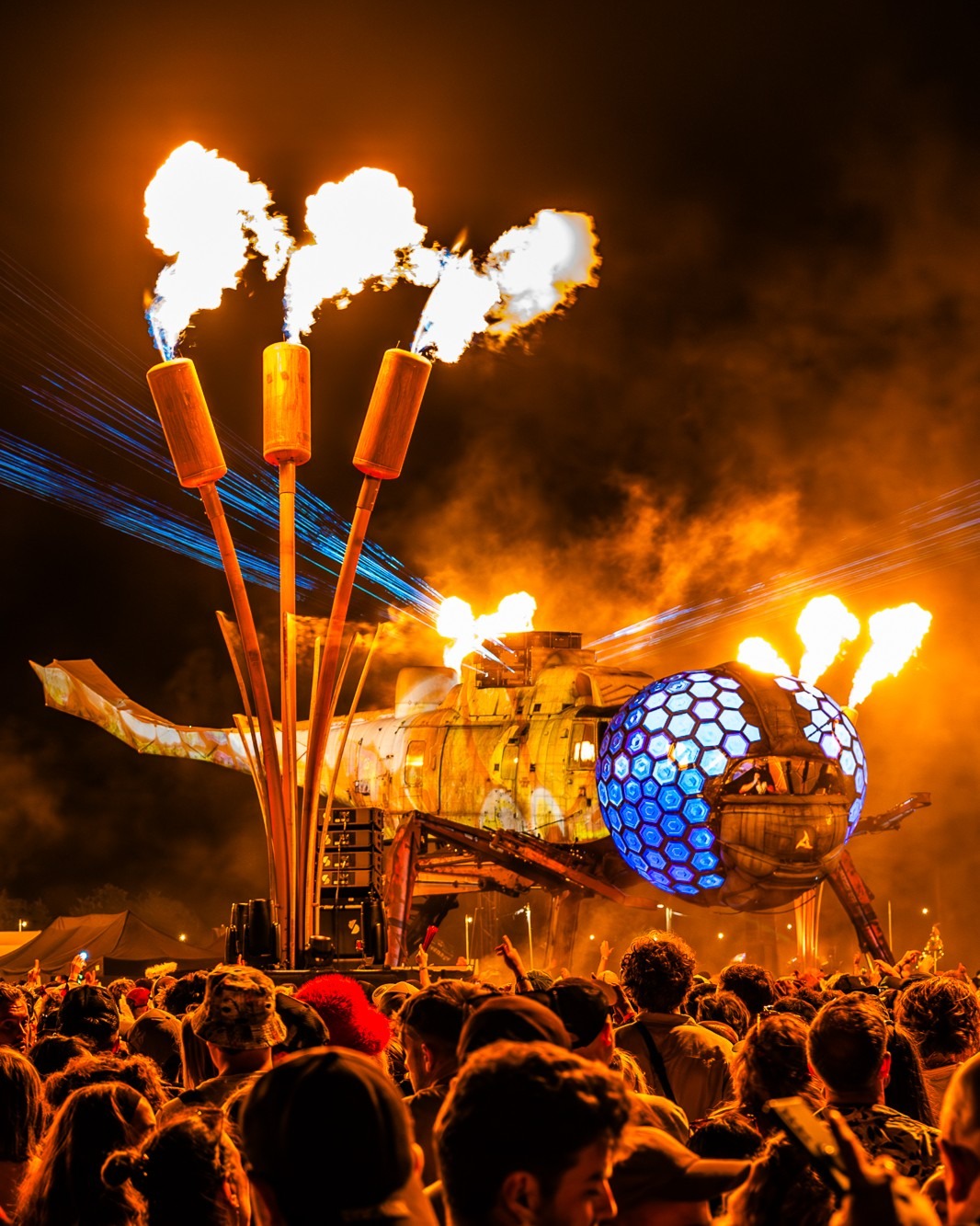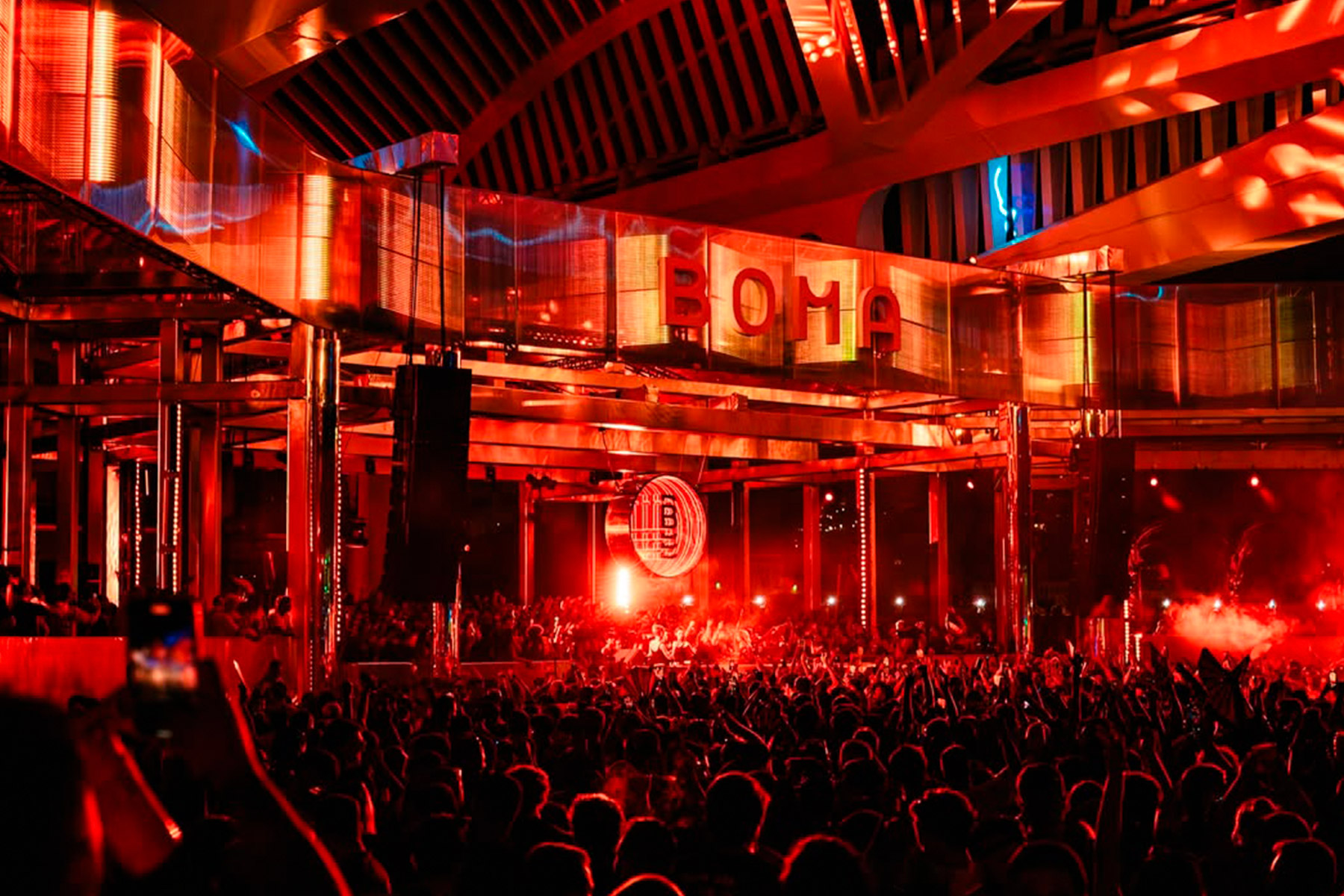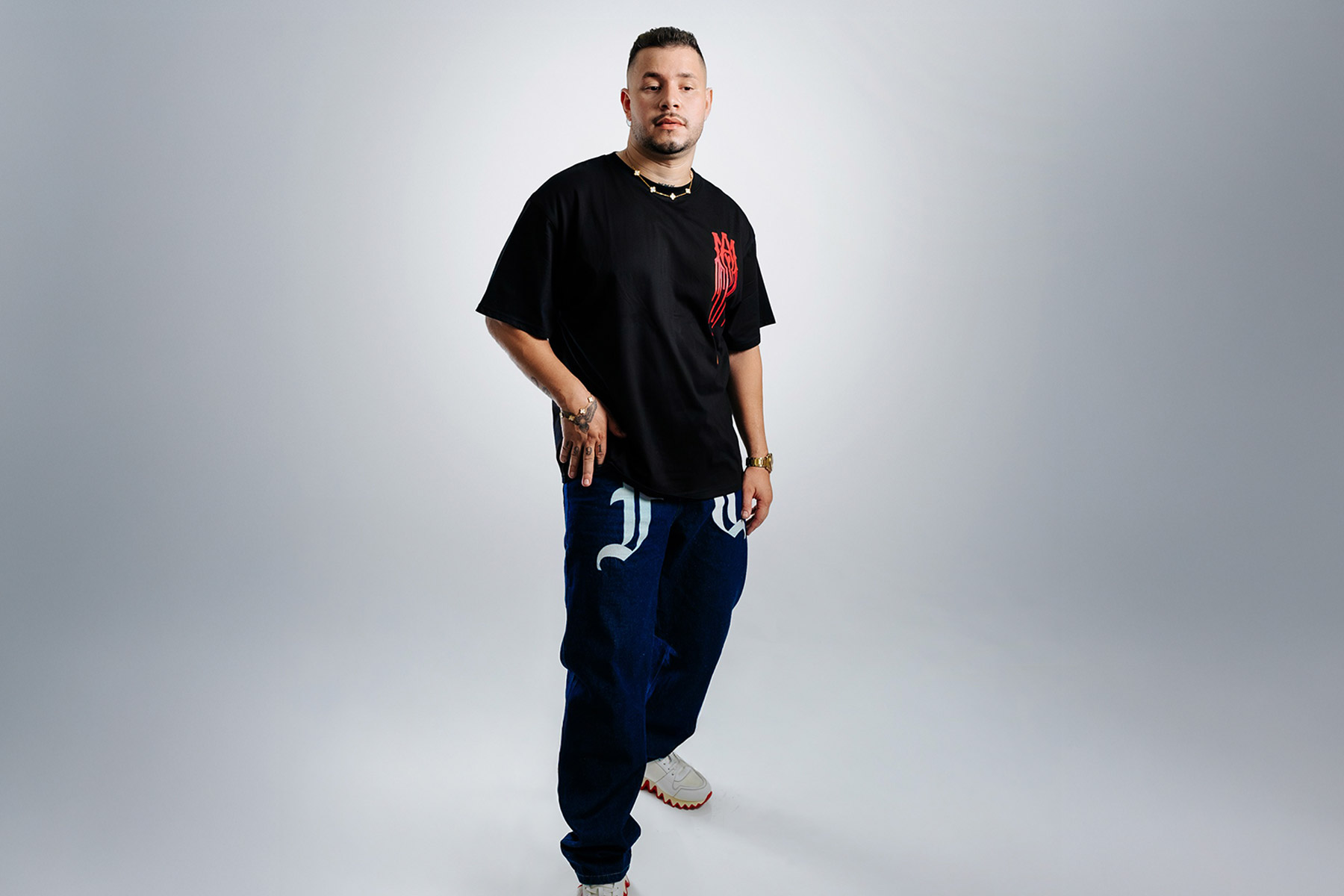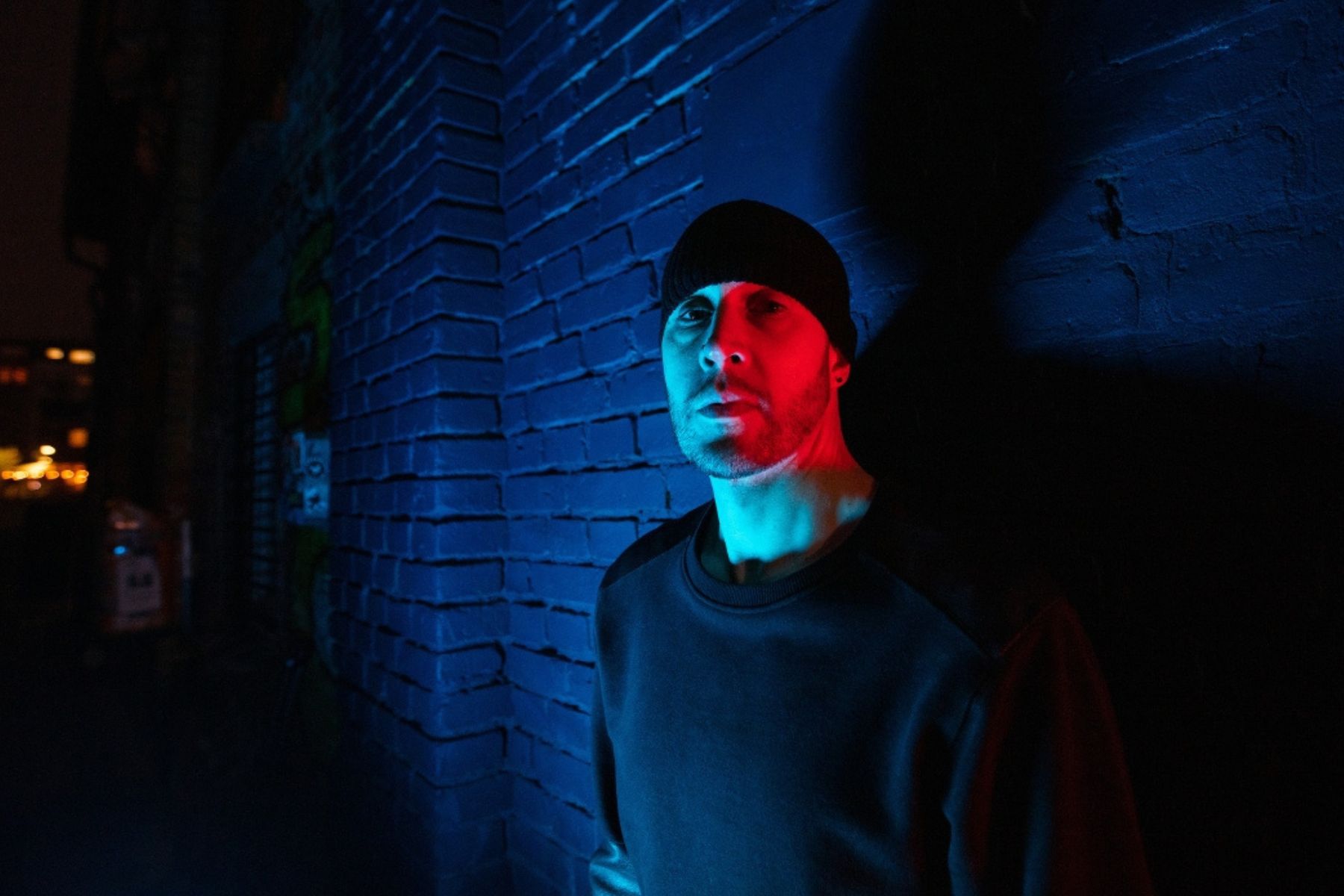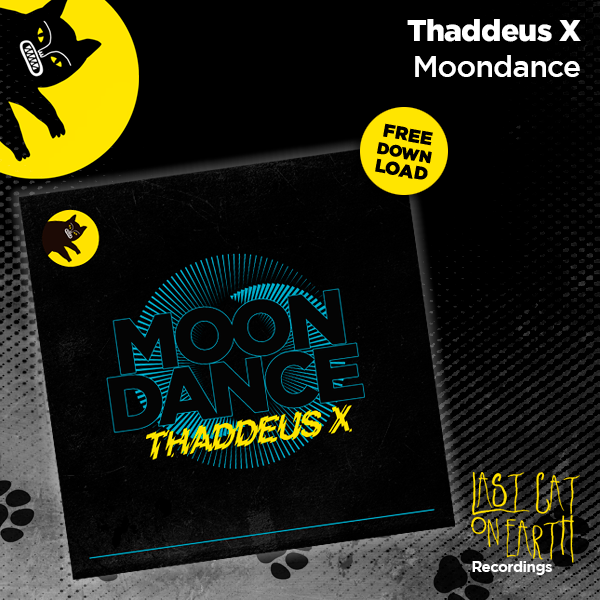For a first-timer at Glastonbury, the word ‘overwhelming’ barely scratches the surface – but not in the way you might think. It wasn’t the crowd size, or the layout, or the inevitable miles clocked on our phones. It was the sheer magic of it all. A place where scale meets intimacy, and a thousand micro-worlds unfold simultaneously, each with their own pulse, their own religion of rhythm. What unfolded over five days in Somerset was less a festival, more a living and breathing piece of art.
Photo credit: Anna Barclay
From the moment we parked up and settled into our campervan (a breezy 15-minute stroll to the gates), the weekend unfolded like a lucid dream. Even the logistics were shockingly smooth: clean toilets (!), peaceful neighbours, and no need for the Vodafone eSIM I’d been advised to download. Three Mobile had my back in nearly every pocket of the site. It set the tone: practicality met euphoria.
Musically, Glastonbury 2025 was curated with surgical precision. Headliners aside, it was the selectors and visionaries who shaped the heartbeat of the weekend. Seth Troxler was a standout, delivering a masterclass in deep, sultry house – his set was pure dance floor hypnosis. Equal parts cheeky and cerebral, he pulled from decades of crate-digging with a loose-limbed confidence that only Troxler can summon.
Over at Arcadia, Four Tet delivered a spiritual rite of passage. Minimalist yet maximal in impact, he bathed the crowd in shifting textures and subtle euphoria. His ability to stretch time and space with nothing more than perfectly placed loops and unexpected percussive flips was nothing short of alchemy. It wasn’t just a set. It was a ceremony. Chaos In The CBD brought warm, percussive energy that felt like a sunrise ritual. Dyed Soundorom kept it sleazy in the best way possible, evoking Parisian basement vibes under open skies. Tristan da Cunha was a serious highlight, effortlessly blending groove and grit, while Optimo laid down a shape-shifting set that blurred genres with playful defiance. Ivan Smagghe followed suit with a dark, sexy slice of electronic mischief that had us swaying into the night.
And then there was Floating Points, a set so beautifully textured and rhythmically complex that it felt more like an evolving sculpture than a DJ performance. I watched it back on iPlayer and it somehow hits even harder the second time round. That’s the beauty of Glastonbury: the luxury of re-immersion. Some sets are impossible to catch live, but I’ve now got weeks, if not months, of music to revisit and dive into, making the whole experience feel like it still hasn’t ended. Life is richer for it.
The Prodigy on Sunday? Unhinged in the best way. Their headline set was pure firepower – raw, urgent, and cathartic. A full-throttle sonic assault that reminded us exactly why they’ve remained icons of electronic chaos for decades. It was the perfect closing headline: visceral, relentless, unforgettable.
We also caught Soairse (I have to love her as we share the same name) – with her ethereal stage presence. One of those moments that sneaks up on you and stays lodged in your memory.
Burning Spear’s set was another spiritual checkpoint – timeless, commanding, rich with legacy. His presence on stage was spellbinding, like the land itself paused to listen.
But for those in the know, the real alchemy happened on the fringes – places like Babylon Uprising, where dub, roots, and system culture wove a more subterranean spell. Basslines rolled like distant thunder, and bodies moved in sync with the pulse of the earth. It was there that the ethos of Glastonbury fully revealed itself: this was about more than music. It was about communion.
We stumbled (gleefully) into KNEECAP’s gig almost by accident, half-energy, full-curiosity – and were slapped awake by a storm of punk-fuelled political fire and pounding beats. The crowd surged with an electricity that had nothing to do with nostalgia and everything to do with NOW. It was solidarity in sound, a collective middle finger and hug all at once. Urgent, unapologetic, and unforgettable.
Leftfield’s live set? Monumental. The fusion of analogue synths with live brass and woodwind was transcendent. It sounded like the future being dug up from the past and reassembled on stage in real time. Every texture was deliberate, every drop a revelation. And like the rest of the festival, the sound quality was immaculate – punchy, full-bodied, and surprisingly consistent across the entire site. Outdoor festivals often struggle with clarity, but Glastonbury’s production bordered on surgical.
What surprised me most, though, was the people. Not a hint of grumpiness. Just silliness, creativity, and this unwritten rule that we’re all in this together. The costumed characters were part of the architecture with dancing jellyfish, regal aliens, anarchist jesters – unafraid to approach you with mischief and warmth. It never felt forced; it felt like the spirit of the place was channelled through every one of them.
Even the food felt curated with intention. Forget the usual festival suspects – every bite we had was proper, elevated, thoughtful. From Korean fried cauliflower wraps to wild mushroom risottos, this was nourishment that matched the experience. Gourmet without the snobbery.
Glastonbury is a lot of things at once. A living contradiction. Raw and polished, political and playful, ancient and immediate. I didn’t know what to expect going in, but what I found was a 10/10 parallel universe stitched together by joy, sound, and deep, unwavering connection. And I’ll be back.
See you in the fields in 2027.


